The News-Hub/ Articles
Back to Articles
Recommended Articles
Microplastics and Tea: What's in Your Cup?
Did you know that New Zealanders alone drink an average of 0.98 kg of tea each per year? It's clear that a warm cup of tea is one of life’s simple pleasures, enjoyed by many. Yet, the average teabag can eventually become detrimental to both the environment and your body. That's because many of them are single-use plastic items, with much higher plastic content than other food and beverages.
According to a study published in the Environmental Science & Technology journal, around 11.6 billion tiny particles, known as microplastics, are released when steeping a regular teabag at high temperatures, as well as 3.1 billion nano-particles. To provide some perspective, table salt is considered a product with high microplastic content, containing roughly 0.005 micrograms of plastic per gram of salt. Meanwhile, a simple cup of tea contains a whopping 16 micrograms per cup.
In addition, these levels of microplastics are much higher than those found in other foods and drinks, such as bottled water, beer, and chicken. This is because these contain accidental contaminants of plastic but, with teabags, we are often just placing plastic directly into our beverage.
You may be wondering “but why do teabags contain plastic?”. Teabags need to be sealed to contain their contents and maintain their shape when submerged in hot water. This is where a plastic polymer called polypropylene comes into play. Polypropylene is also present in the string and tag. This wide use of plastic in conventional teabags calls into question its compostability. While the remaining tea leaves are perfect for compost, the polypropylene that makes up the bag itself will stick around for a very long time.
Not only is the plastic content of teabags bad for the environment but it also doesn't do our bodies any favours either. There are potential health risks due to the fact that polypropylene acts as an endocrine disruptor which can affect our hormonal levels. This in turn can lead to many different chronic health conditions.
But fear not, we needn't give up the warm embrace from our dear cups of tea just yet. In fact, we can even up our tea game. Loose-leaf tea contains whole, unbroken leaves which have the space to absorb water and yield a more aromatic, fresh and vitamin-filled brew. Comparatively, teabags often contain smaller pieces of low-grade tea known as dust or fanning. Loose-leaf tea can be brewed through the use of reusable stainless-steel infusers, cheesecloths or even glass tea kettles with enclosed infusers — there isn't a piece of plastic in sight.
If giving up the convenience of teabags seems like a tough feat, there are alternative tea brands that do not use plastic in their products. Refer to this article by Green Child Magazine, which provides a thorough list of plastic-free tea brands. You can also look into purchasing pyramid teabags that are made from maize starch or dissolvable tea crystals. When it comes to a plastic-free cuppa, the options are endless.
Although avoiding conventional teabags may be a minor convenience, you will gain more peace of mind knowing that your body and the environment is spared harmful, unnecessary plastic contamination. So, take five extra minutes of your day for your brew or take milk, one sugar, and microplastic?
What's your favourite loose tea brand? Or have you found plastic-free teabags in your local shop? Let us know in the comments below!
Empty content. Please select category to preview



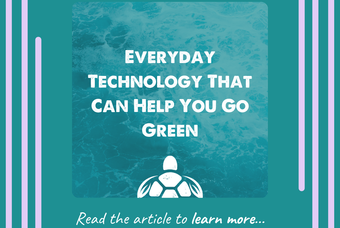
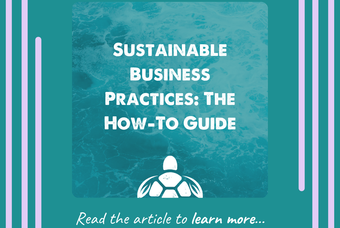
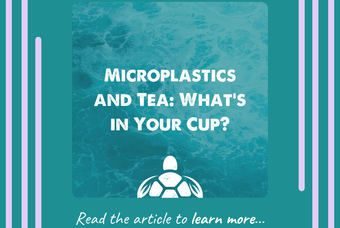
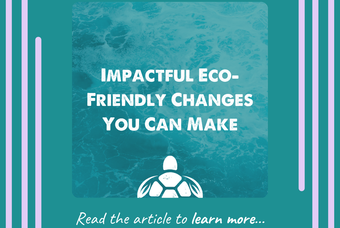
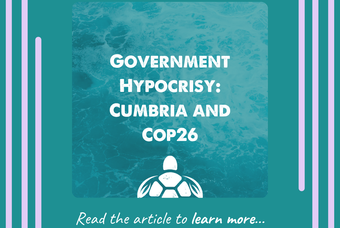

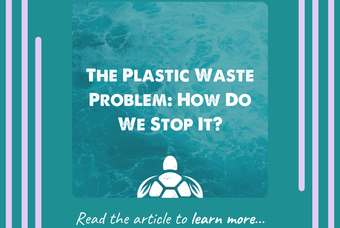

0 comments. Write a comment